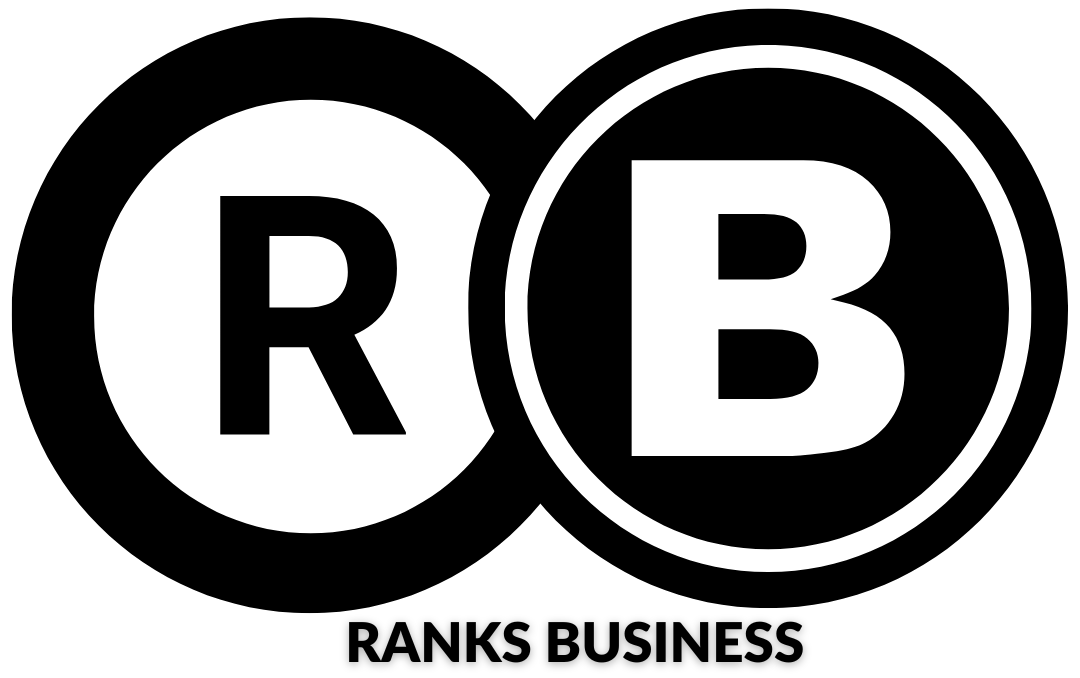Smart buildings cannot bring down the high cost of houses which has created a huge housing gap in the country, operators in the built industry have stated.
In an exclusive interview with The PUNCH, a structural engineer, Olatunbosun Adaramola, said smart buildings have to do with technology, making the home more conducive to live in, but come with a huge cost.
He said, “These smart features are fairly new technologies. They are very expensive and inaccessible to the common man. Hence, it will be difficult to actualise this luxury for low-income earners because professionals in the built sector are in the business of making money and getting a good return on investment, particularly as private professionals.
“The craving for profit outweighs the desire for needs, hence the target market for smart features cannot be low-income earners, but average to high-income earners. Even for an average income earner to own one, it would take a while before such a person can offset the whole cost involved.”
According to the engineer, it is not apt to provide smart buildings for low-income earners.
Adaramola added, “However, if more research is done to reduce the cost involved, then there is surely a light at the end of the tunnel for low-income earners.”
Also, the Principal Partner of OddSpace Consult, Ayomide George, said smart housing and low-income earners were on two different spectrums of the architectural, engineering and construction industry.
He said, “Smart housing is majorly accessible to middle and high-income earners because it costs a lot, and it is a luxury feature that would be difficult to maintain.”
In the same vein, an architectural technologist, Aina Olufemi, asserted that smart buildings would consume lots of electricity and would require good engineering to install devices and constant maintenance.
He said, “The cost of maintaining a smart building is expensive; a larger number of Nigerians are poor and not all civil servants are earning well. So, having a smart building would incur more expenses, especially from electricity. The cost of running it is very high and unsustainable.”
“These features generate electricity and the wiring used in the building would increase the electrical wave in the building, which can cause an electric spark at any time, so they have to use quality electrical gadgets to run it, which entails a huge expense.”
Speaking on the expense, an estate surveyor, Olorunyomi Alatise, noted that the affordability of smart buildings hinged on how sustainable the building is, and how many green attributes it has.
He said, “Look at Sterling Bank Headquarters along the Marina area of Lagos Island. It is a structure that is fully wrapped with solar panels and designed to power itself. However, it came at a very huge cost and anyone looking to rent a space in the building should be ready to break the bank.
“You cannot expect an investor to rent or sell a green building that he or she has expended billions on at a ridiculous price that is below the prevailing rate due to the smart features it has inculcated. Hence, affordability depends on how sophisticated the structure is.”
According to him, with the high prices of construction materials, even an affordable home may not actually be affordable.
Meanwhile, the Facility Manager of Eleganza Estates, Sogo Oyesode, noted that smart buildings are affordable over a long period of time.
He said, “The concept of it not being accessible or a no-go area for low-income earners is relative, depending on the kind of building being built. In addition, even if you are not able to make your building smart at the initial stage, as time goes on when you get more money, you can always bring in those smart features.”

